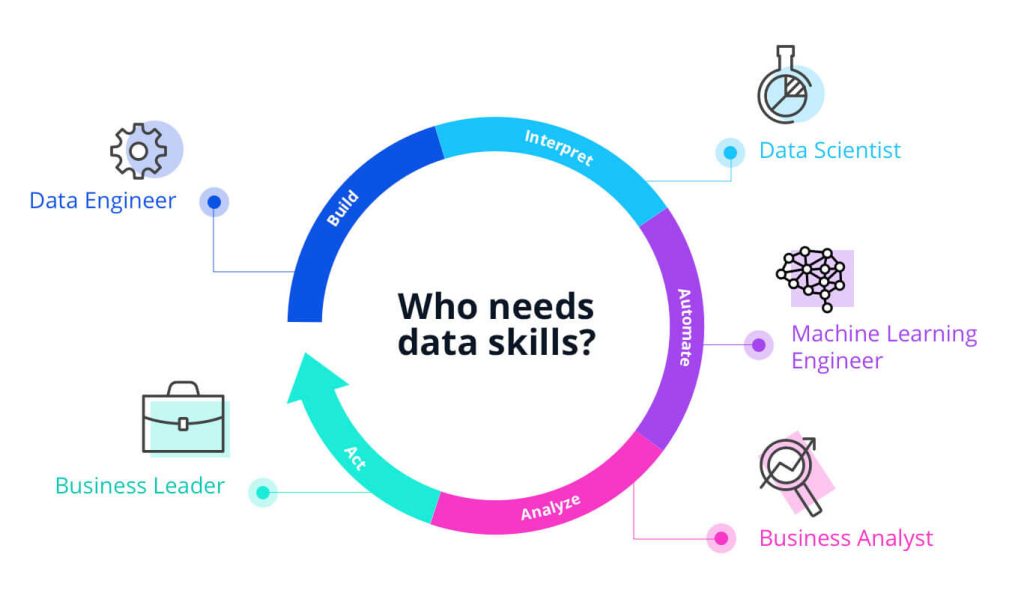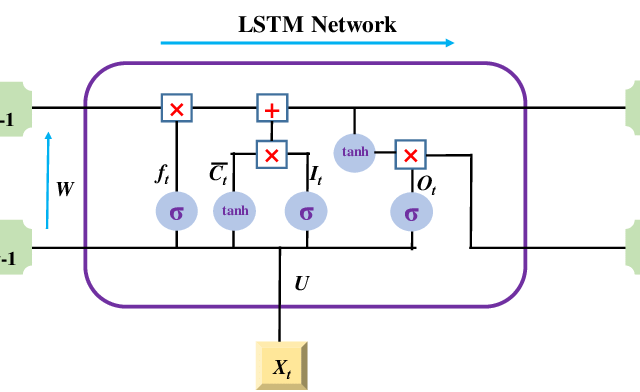Are you interested in becoming a machine learning engineer, the path to becoming a engineer in this field can be an exciting and rewarding one. Machine learning engineers work with artificial intelligence algorithms, and data sets to perform certain tasks.
Machine learning is a fascinating branch of artificial intelligence that involves predicting and adapting outcomes as it receives more data.
If you have a background in computer science, you might benefit from a career as a machine learning engineer. In this post, we cover the steps needed to become a machine learning engineer.
What is Machine Learning?
Machine learning (ML) is a specialized discipline within the wider field of artificial intelligence (AI), that can analyze existing data, learn patterns in data set, and make predictions tasks on similar data, with minimal human intervention. As humans learn from the experiences of the past to make better decisions in the future, ML is the technique of training a computer to learn from historical data to perform tasks in the future.
ML is used in practically every industry. It’s widely employed by social medias to create a more personalized, enjoyable experience for social media users. But ML also has more practical applications. For instance, it is being leveraged in the healthcare field to help improve patient care. It allows doctors more efficiently to use diagnostic tests to detect diseases such as early-stage cancer that often go unnoticed in the beginning stages.
ML Applications
Some examples of ML applications include:
- Banking:
- Machine learning is used to identify and prevent fraudulent financial transactions, as well as to identify opportunities for investment.
- Transportation:
- The self-driving cars are powered by ML systems, including deep learning technology so that they can drive safely without human input.
- Healthcare:
- Medical professionals have begun to use ML solutions to detect the presence of diseases.
- Manufacturing:
- Manufacturers use ML processes to reduce operating costs, and to increase production capacity.
As the list above makes clear, ML principles and practices are being applied in a variety of industries to improve the efficiency and effectiveness of a whole host of modern technological solutions.
Machine Learning Engineer Responsibilities
As a machine learning engineer, you’ll be asked to work in a variety of ways, including designing, building, testing, updating, and scaling modern systems and technologies. Typical tasks for engineers in this field include:
- Understanding and using computer science fundamentals, including data structures, algorithms, computability, and computer architecture.
- Utilizing ML to perform a variety of different tasks, including image analysis, reconstruction, and more.
- Building ML models to perform complex tasks, but outperform human behavior.
- Evaluating and improving technologies, systems, and solutions that rely on ML processes.
- Producing project outcomes, that require resolution, to make the programs more effective.
- Collaborating with the data to build data sets and ML model pipelines.
- Managing the data infrastructure and pipelines that are necessary for bringing code to production.
- Applying ML libraries for modeling and evaluation to find patterns and predict unseen instances.
- Communicating with stakeholders to analyze business problems, clarifying requirements, and then defining the needed resolution scope.
- Analyzing large and complex data sets to extract insights.
- Researching and implementing best practices to improve the existing ML infrastructure.
- Providing support to product managers in applying ML in the company’s products.
What skills are needed to become Machine Learning Engineer?
There are three essential steps to becoming a machine learning engineer that you’ll need to take. But some basic prerequisites include:
- You need knowledge, awareness, and expertise in several fundamentals of computer science, including data structures, algorithms, computability and complexity, and computer architecture.
- Software Engineering. Typically, engineers deliver software solutions, so to be successful in this role, you’ll want to develop an advanced understanding of software engineering best practices.
- Dominating the Python programming.
- Additional programming skills in R, C++.
- Ability to grasp some advanced mathematical concepts, including linear algebra.
- Experience in data analysis, statistics and probability.
- Many algorithms utilize data modeling processes, so you’ll need to be capable of evaluating data sets to uncover useful patterns, correlations, and other relationships in fields of data to evaluate and predict outcomes of various data modeling techniques.
Essential Steps
- Earn a bachelor’s degree in computer science.
- Most machine learning engineering jobs will require a bachelor’s degree at a minimum, so beginning a course of study in computer science is a good first step.
- Gain work experience.
- Once you have earned a computer science degree, the next step is to start working in the data science field to gain experience working with ML or AI.
- Earn advanced degree
- Pursuing a master’s degree or Ph.D in computer science can give you leverage as you apply for jobs.
The best way to build the foundational knowledge, skills, and experience is continuous learning in this field. Our website was designed to provide you with everything you need to launch a successful career in this field.
Get started today
AI and ML are growing branches of computer and data science. Becoming ML engineer requires years of experience and education, but you can get started today. Build your knowledge of software development, learn various programming languages, and work towards an initial bachelor’s degree.
Infographic

Recommended for you:
Concepts of Data Science
Skills for Data Scientist




MOST COMMENTED
Tutorial
Important Methods in Matplotlib
Machine Learning
Bias and Variance Tradeoff Machine Learning
Tutorial
Multiclass and Multilabel Classification
Machine Learning
Reinforcement Learning in Machine Learning
Deep Learning
Alexnet Architecture Code
Machine Learning
Machine Learning Models Explained